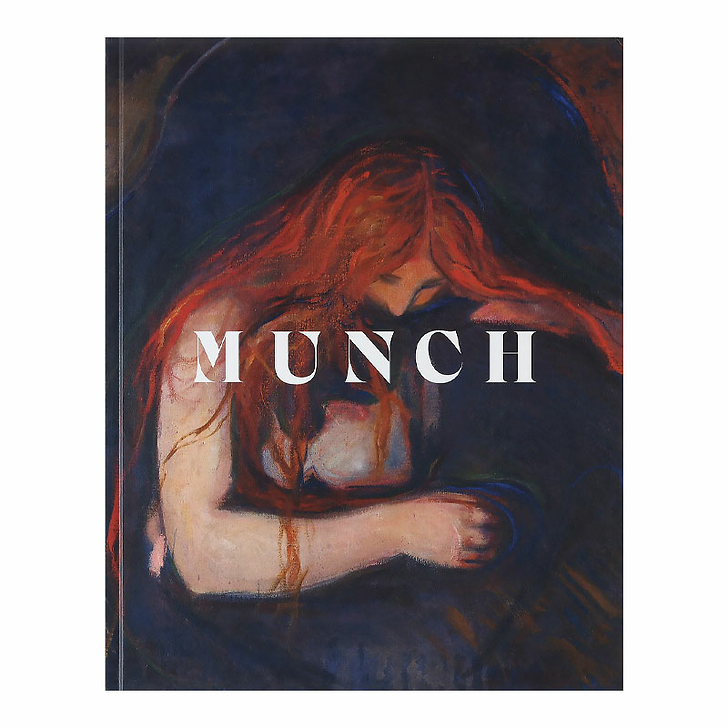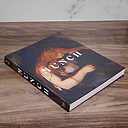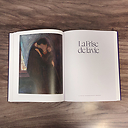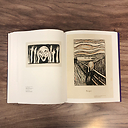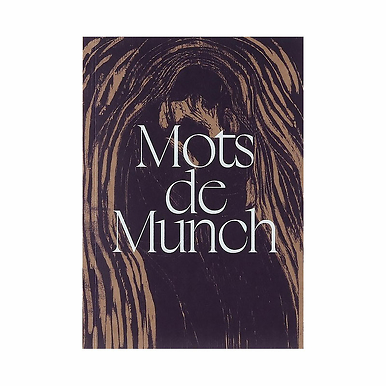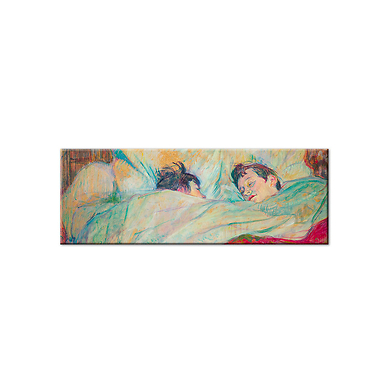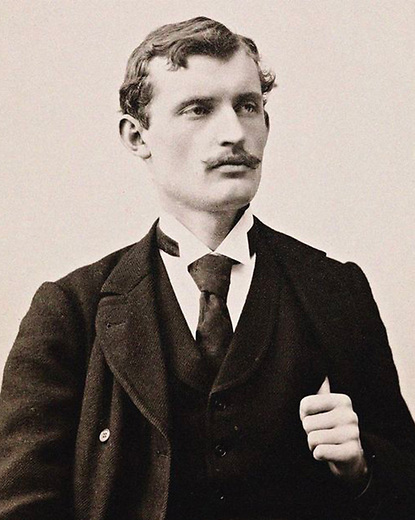Munch - Exhibition catalogue
EK197930
Written in French.
The work of Munch (1863-1944) occupies a pivotal position in artistic modernity. It has its roots in the 19th century and is fully integrated into the following century.
His entire oeuvre from the 1880s to his death is carried by a singular vision of the world, giving it a powerful...
Read more
Written in French.
The work of Munch (1863-1944) occupies a pivotal position in artistic modernity. It has its roots in the 19th century and is fully integrated into the following century.
His entire oeuvre from the 1880s to his death is carried by a singular vision of the world, giving it a powerful symbolist dimension that cannot be reduced to the few masterpieces he created in the 1890s.
On the contrary, this catalogue proposes a global reading of his work, highlighting the great coherence of his creation, rather than opposing a fin-de-siècle symbolism to an expressionism that would anchor Munch in the modern scene. His pictorial approach is mainly based on cycles; Munch frequently expresses the idea that humanity and nature are inexorably united in the cycle of life, death and rebirth.
In this context, he developed a new iconography, largely inspired by vitalist philosophies, notably those of Friedrich Nietzsche and Henri Bergson. This notion of cycle is thus present on several levels in Munch's work. It is also present in the very construction of his paintings, where certain motifs recur regularly of his artworks, where certain motifs are recurring.
A new reading of the creative processes of an artist with remarkable expressive power.
Exhibition "Edvard Munch. A Poem of Life, Love and Death" at the musée d'Orsay, from September 20th, 2022 to January 22nd, 2023
French language
256 pages / 160 illustrations
Coedited by Réunion des musées nationaux - Grand Palais / Musée d'Orsay
Close
Login to see prices
Sold by GrandPalaisRmn

